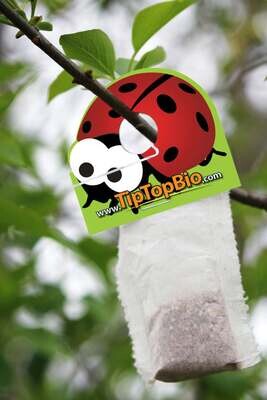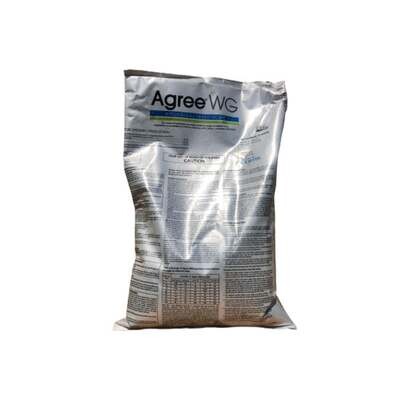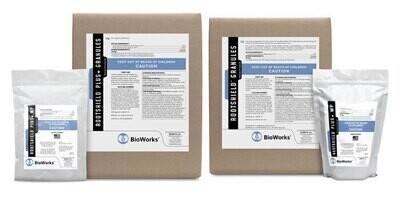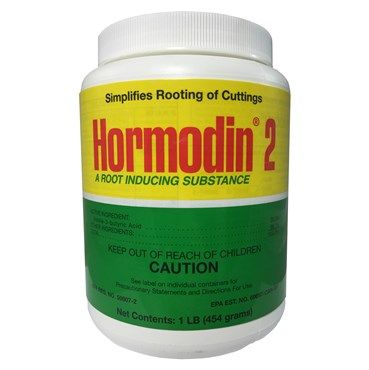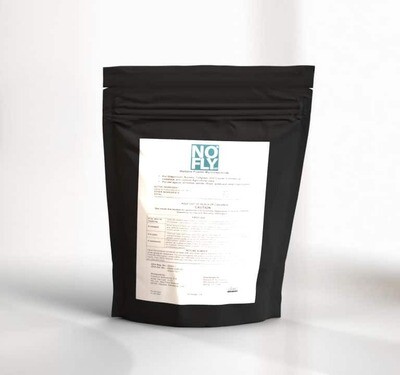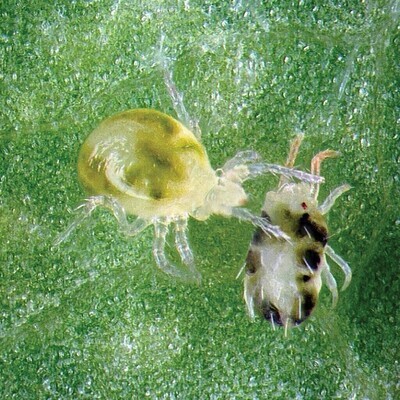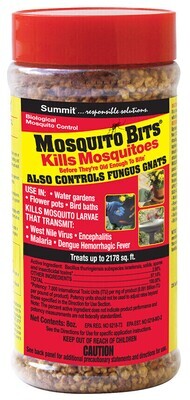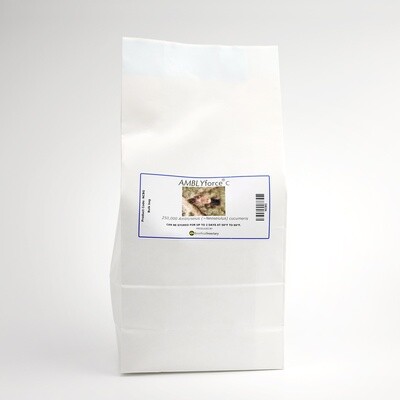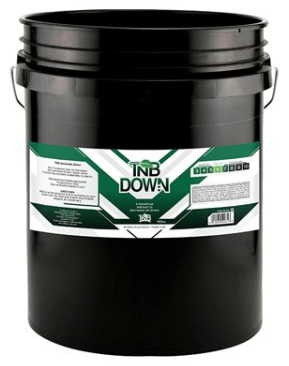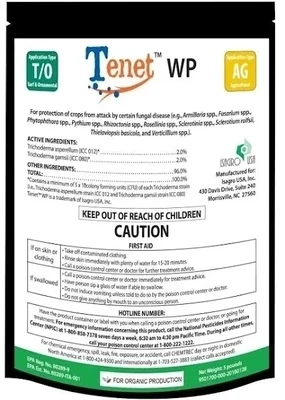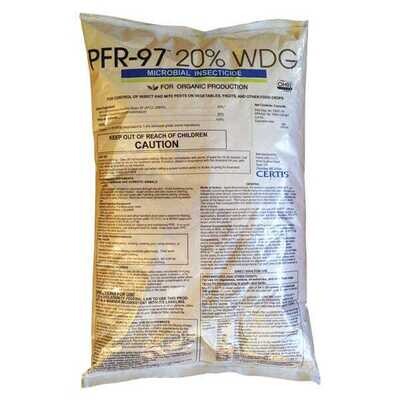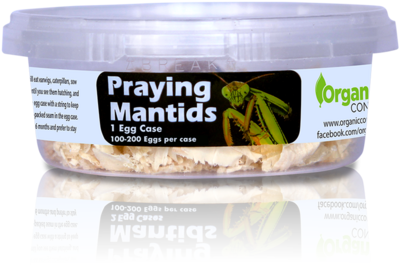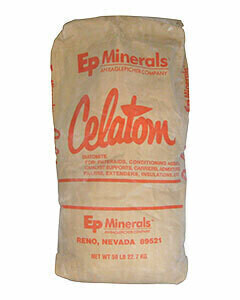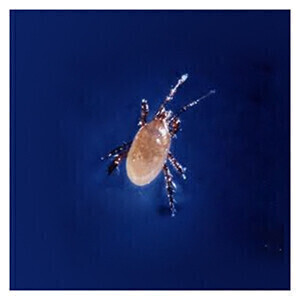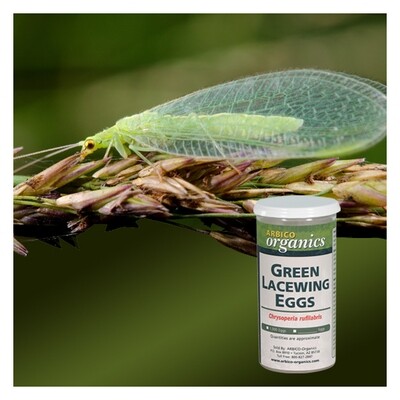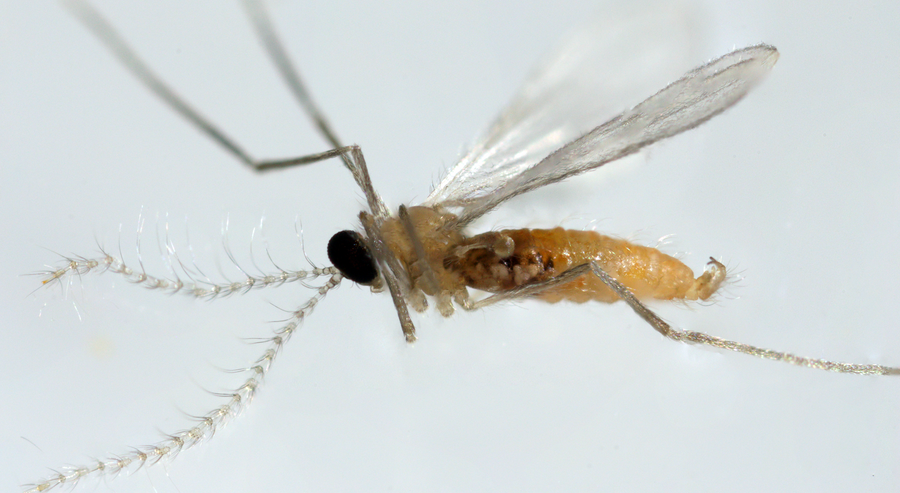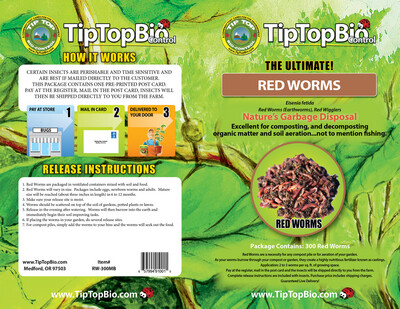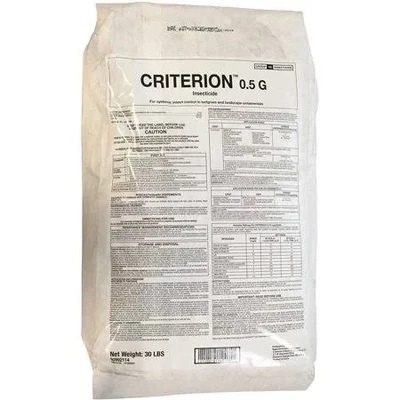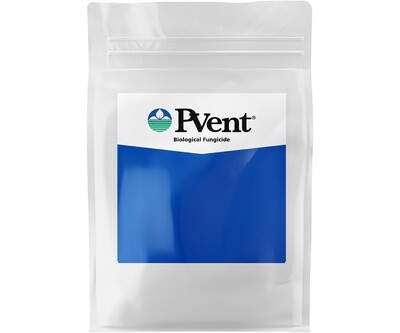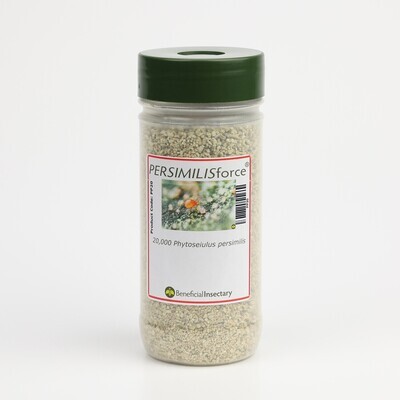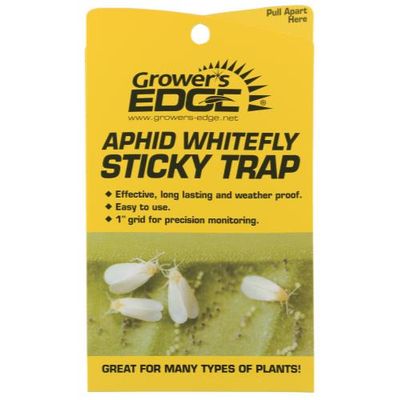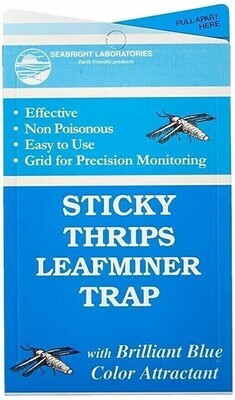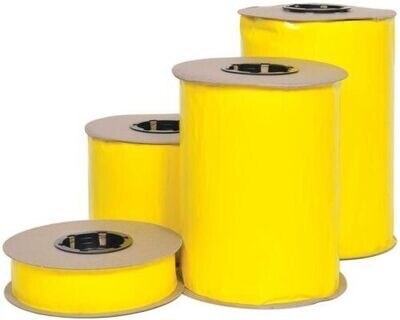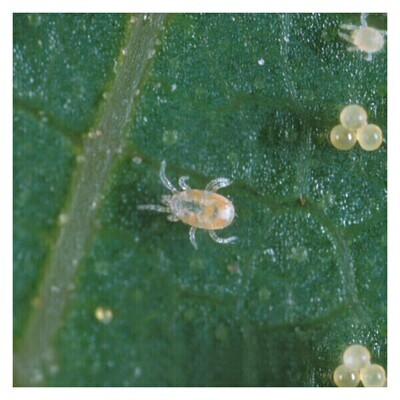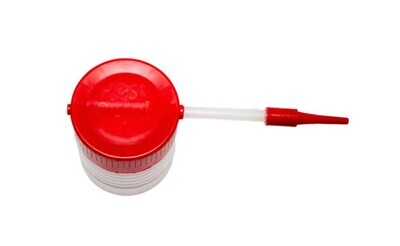Tip Top Bio Aphid Midge Nymphs Aphidoletes aphidimyza
price per unit: each
| item
213711
239361 239351 |
🔆
0
0 0 |
.17 .05 .04 |
🌱
Target Pests:
Many species of aphids.
Description:
Aphidoletes larvae are voracious native predators of over 60 species of aphids. Larvae are orange, legless maggots, up to 3 mm (1/16 inch) long.
Adults are small, delicate midges (flies) 2-3 mm (1/16 inch) long, with long legs. The males have long antennae, which are covered with hairs. The females have shorter and thicker antennas. The eggs are very small and orange colored. Adults are rarely seen, as they are mostly active in the evening.
Use in Biological Control:
Aphidoletes are used to control aphids indoors in commercial greenhouses and interior plantscapes as well as outdoors in orchards, shade trees, roses and home gardens. Optimum conditions are 21degrees Fahrenheit-25degrees FahrenheitC (70degrees Fahrenheit-77degrees FahrenheitF) and high relative humidity (over 70%), particularly for the pupal stage, which must not dry out.
If aphids are present in outdoor plants in late summer, a release of Aphidoletes at this time helps reduce the overwintering aphid population, while establishing an overwintering predator population that will be active early the following spring.
Monitoring Tips:
Using 10 -15 X hand lens, full-grown larvae are relatively easy to see among the aphids because of their characteristic orange color.
Younger larvae are much smaller and pale in color, making them very difficult to see.
Life Cycle:
A complete life cycle takes 21 days at 21degrees FahrenheitC (70 degrees FahrenheitF). Development rate depends on temperature and availability of prey.
Sex ratio in populations vary, but there are usually somewhat more females (60% females).
Female midges lay their eggs on leaves beside aphids. Each female lays 150-200 eggs during her lifespan of 1-2 weeks. The eggs are shiny orange ovals, less than 0.3 mm (1/50 inch) long.
At 21degrees FahrenheitC, eggs hatch in 2-3 days and the tiny, legless larvae crawl along the leaf in search of aphids.
Larvae feed by biting aphids and paralyzing them with a toxin before sucking out the aphid body fluids. They feed for 7-10 days and can kill 3-50 aphids per day. Where aphid populations are high, larvae kill many more aphids than they can consume.
To pupate, larvae drop to the ground and burrow into the top 1-2 cm (1/2 inch) of soil or organic material to spin a cocoon. Adults emerge in 2-3 weeks.
Outdoors, the last generation of Aphidoletes in the fall overwinters in the cocoons in the soil. They are very hardy and survive outside throughout the cold/warm growing regions.
Release Rates:
Release 1 Aphidolete per 3 sq.ft, weekly, 2-3 times.
For large areas, such as apple orchards,use 1,000-4,000 Aphidoletes per acre, repeated 1-3 times, 1-2 weeks apart or until established.
Note:
Aphidoletes respond to cool temperatures and shortening day lengths (less than 16 hrs) by entering diapause (like a hibernation state), therefore in most greenhouse they are only active from mid-March to September unless supplemental lighting is used.
Product information:
Aphidoletes are sent as pupae (cocoons) in moist vermiculite or sand. The predators may be released in either of two ways:
Hold containers at 22degrees FahrenheitC (70degrees FahrenheitF) temperature until a few adults are seen flying in the container, then place the opened container in the shade in the greenhouse or garden.
Immediately upon receipt, gently sprinkle the vermiculite carrying the cocoons onto the surface of the soil or growth media, in the shade; keep the vermiculite moist (not wet) until adults have emerged.
Adults should begin to emerge within 1 week and all should emerge within 14 days of receipt.
